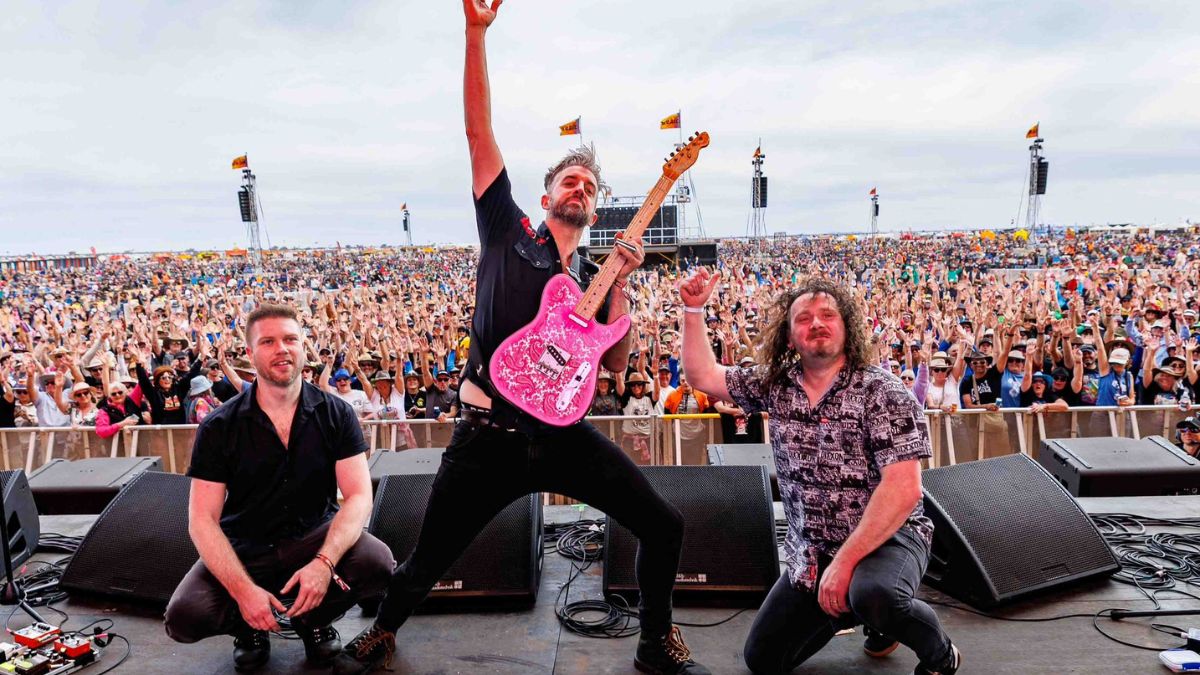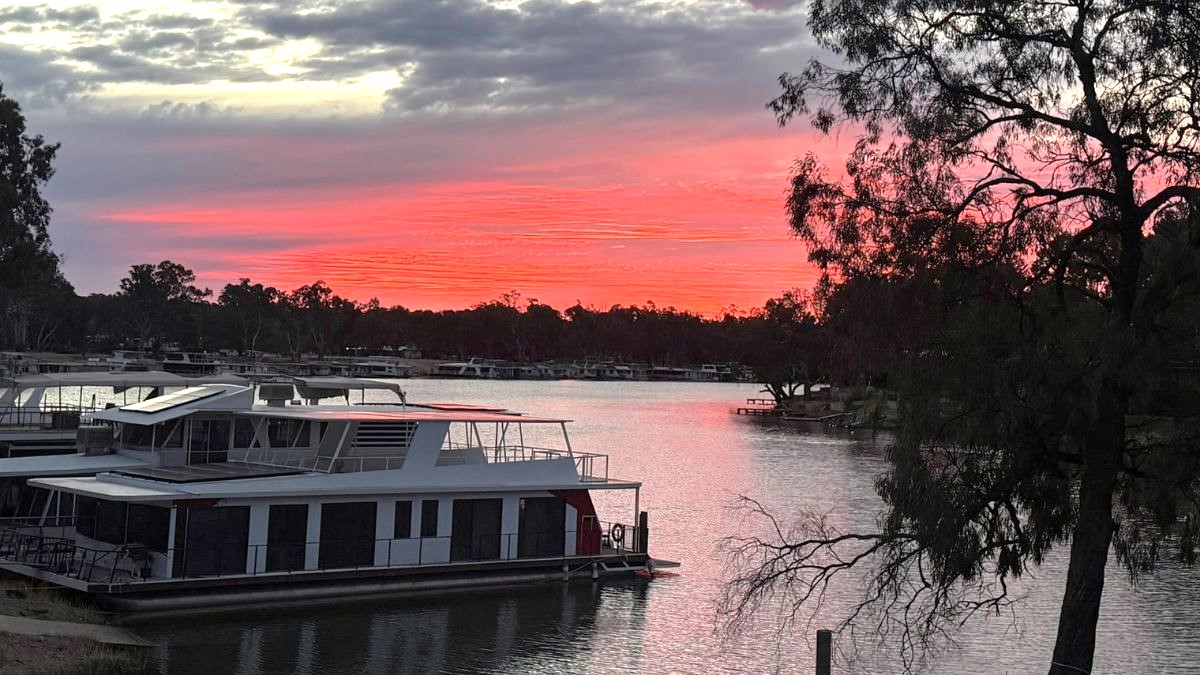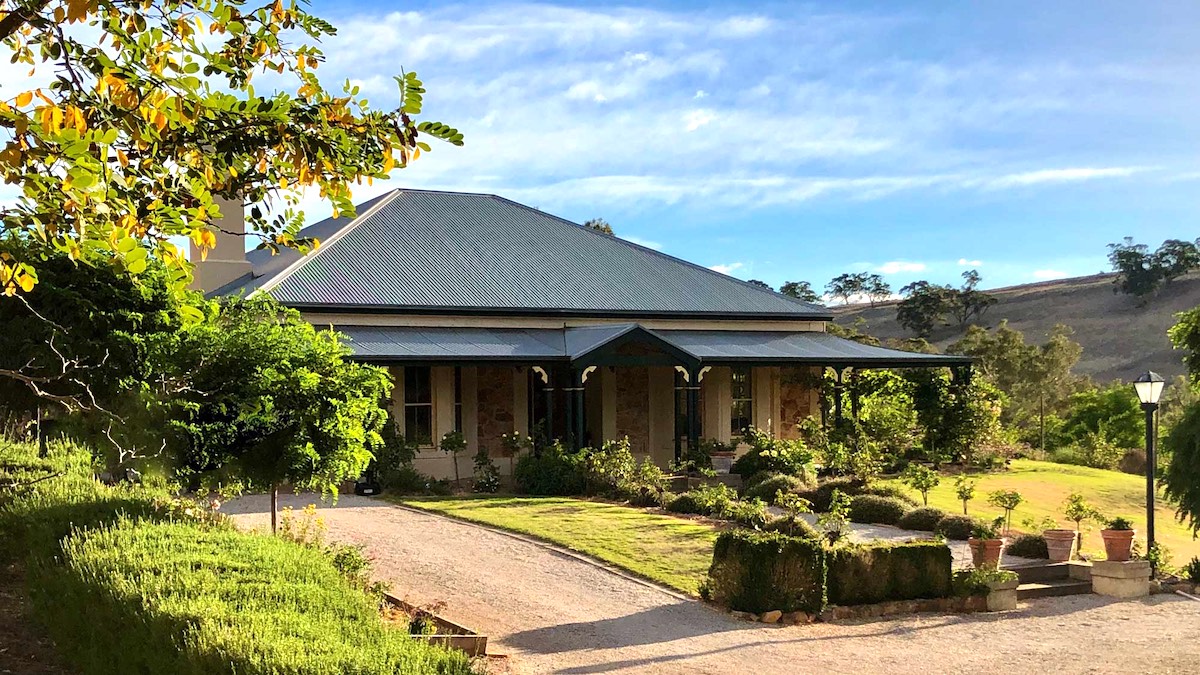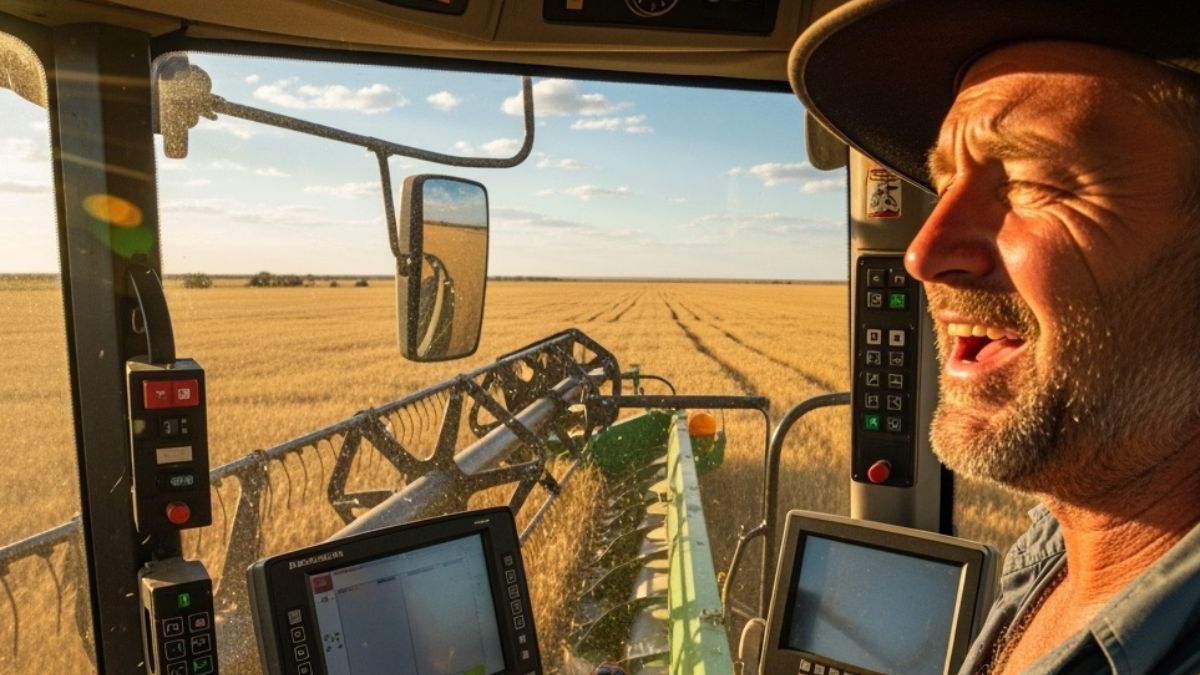Thirty-one aircraft protecting South Australians ahead of predicted hot and dry bushfire season
Summer is upon us, and with the forecast for hot and dry conditions, South Australians can take comfort knowing the largest ever fleet of firefighting aircraft has been deployed to quickly surveil and waterbomb fire breakouts.
A $26.7 million investment by the Malinauskas Government, the fleet includes fixed wing aircraft and helicopters – including two new Blackhawk helicopters – which arrived at Claremont Airbase on Friday before heading off to their summer postings.
The five new aircraft include:
- 2 Single Engine Air Tankers (SEATs) with a 3,000L capacity for water, foam, water enhancer or fire retardant.
- 2 Blackhawk helicopters with a 4,500L capacity for water and foam.
- 1 Multi-Mission Machine (Eurocopter B3 Squirrel) for air surveillance/ intelligence, strategic bucketing work, aerial incendiary ignition and firefighting crew transportation
Last week, nine of the record 31 aircraft responded immediately to a fire at Mount Pleasant which burnt 430 hectares, alongside CFS crews and appliances on the ground.
With the expansion of the aviation fleet, CFS now has the capability to live stream aerial intelligence, providing real-time observations of the fire ground to assist with creation of warnings, fire predictions and strategic decision making.
Additional aircraft will be stationed in the Eyre Peninsula, Mid North and Lower South-East regions, to help protect the State’s vital forest industry and support the Port Lincoln community after a bushfire broke out near the town in early 2023.
The largest ever investment in South Australia’s aerial firefighting fleet has enabled two more Aviation Operations Officers to be recruited, further bolstering crucial CFS resources.
CFS Chief Officer AFSM Brett Loughlin, said the Aircraft were particularly valuable in tackling fires burning in terrain that is difficult to access, and in reducing the ferocity and speed of fast-moving fires, so volunteers could safely get into the area and extinguish them.
“The expansion of our fleet to include 31 aircraft makes it easier to manage how aircraft are deployed and where they are stationed on days of high fire danger, which improves public safety,” he said.
“The Black Hawks can be airborne within five minutes of a dispatch call and can fly for up to two and a half hours without refuelling, providing greater capability for our other aircraft across South Australia.”











